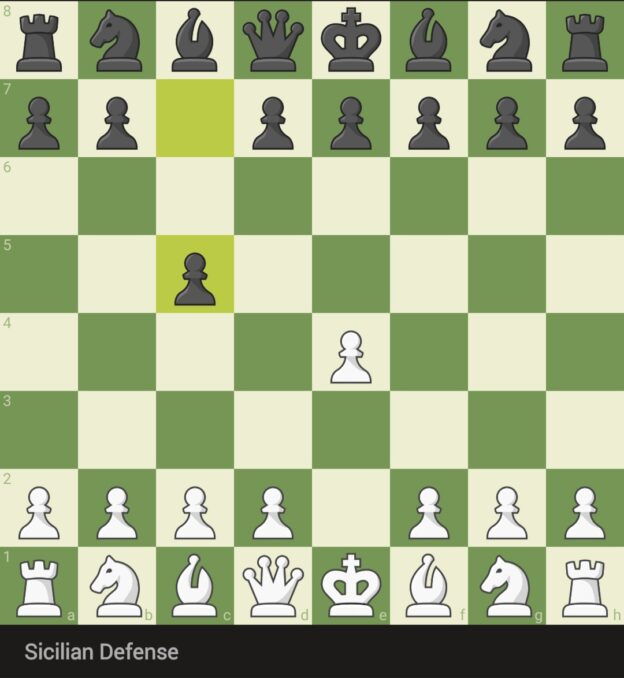The Sicilian Defense, initiated by the moves 1.e4 c5, stands as one of the most enduring and popular chess openings in the annals of the game. With its distinctive pawn structure and unbalanced positions, the Sicilian has been the battlefield of countless memorable games, from club level skirmishes to World Championship clashes. The allure of the Sicilian is not just its combative nature, but also its adaptability, offering both players a plethora of strategic and tactical opportunities.
Historical Overview
The Sicilian Defense traces its roots back several centuries, with some references found in the works of the Spanish priest Ruy López in the late 16th century. However, it was only in the 20th century that the Sicilian started to gain widespread attention, particularly with the rise of the hypermodern movement in chess. As the opening theory expanded, the Sicilian rapidly evolved from being a sideline to becoming a mainstay of many grandmaster repertoires.
Characteristics and Themes
One of the primary attractions of the Sicilian for Black is its asymmetry. Unlike many e4-e5 openings, which can lead to mirrored pawn structures, the Sicilian ensures an unbalanced pawn structure from the outset. This inherent imbalance often results in both sides having distinct plans and objectives, making the play rich and multifaceted.
Central to the Sicilian’s character is the d5 square. Black’s aim to achieve …d5 in good conditions can be likened to the Holy Grail quest in this opening. Achieving this often liberates Black’s position and challenges White’s central e4 pawn. Conversely, White seeks to control this square and cramp Black’s position, often with pieces rather than pawns.
Major Variations
The Sicilian Defense has birthed a multitude of sub-variations, each with its unique character:
- Open Sicilian (after 2.Nf3 and 3.d4): Characterized by open lines and complex play. Popular lines like the Dragon, Scheveningen, and Najdorf fall under this category.
- Closed Sicilian (after 2.Nc3): Leads to more positional play with a slower buildup, but can explode into tactics at any moment.
- Alapin (2.c3): White aims for a strong d4 pawn center, hoping to limit Black’s counterplay.
Why Paul Morphy Criticized the Sicilian Defense
Paul Morphy, a chess prodigy of the 19th century, was known for his incisive and principled approach to chess. He criticized the Sicilian Defense for its somewhat passive pawn structure in the early moves. Morphy favoured openings that aimed for rapid piece development and central control. The Sicilian often allows White to occupy the centre with pawns on d4 and e4, which can lead to sharp and tactical battles but may not adhere to Morphy’s preference for rapid development. However, it’s worth noting that Morphy’s criticism didn’t deter later generations of players from adopting the Sicilian Defense, as it has become one of the most respected and popular defences in modern chess.
Legacy and Impact
From Bobby Fischer to Garry Kasparov, and from Viswanathan Anand to Magnus Carlsen, the Sicilian has found favour among World Champions and amateurs alike. Its rich history is replete with brilliant tactical melees and deep strategic masterclasses.
In conclusion, the Sicilian Defense represents more than just an opening; it embodies the spirit of modern chess, where dynamism, imbalances, and deep preparation converge. Whether you’re a casual player or an aspiring grandmaster, delving into the depths of the Sicilian promises both challenges and rewards, making it a worthy pursuit for anyone keen on the royal game.
